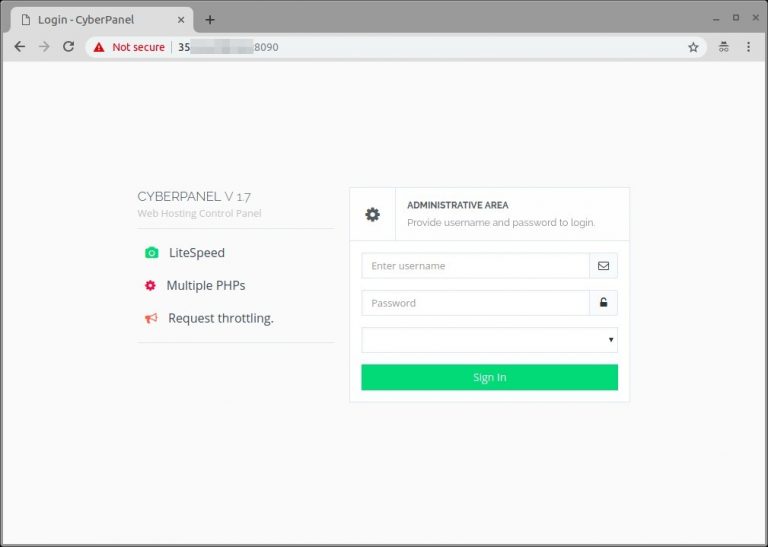

Where no protocol is specified, as shown above, the curl command defaults to the basic HTTP protocol. The URL can either be a fully qualified domain name or an IP address. The curl command takes the following basic syntax. With the installation of curl already out of the way, let us now shift gears and learn how to use the curl command. On SUSE Linux including Leap and TumbleWeed, execute the following command: sudo zypper install -Sy curl

sudo apt install curl Install curl on Fedora / RHEL / CentOS / Rocky Linuxįor Fedora and Red Hat distributions such as CentOS, Rocky Linux, and AlmaLinux, run the command: sudo dnf install curl Install curl on ArchLinuxįor Arch Linux and Arch derivates such as Manjaro and Endeavour OS, run the command: sudo pacman -Sy curl Install curl on OpenSUSE

On Debian / Ubuntu distributions such as Mint, MX Linux, Zorin, and Elementary OS, run the command. However, if for whatever reason curl is missing from your Linux flavor, here is how you can install it on major Linux distributions. Install curl on Fedora / RHEL / CentOS / Rocky Linuxīy default, the curl command-line tool comes preinstalled in a majority of modern Linux distributions.


 0 kommentar(er)
0 kommentar(er)
